Search

Raising Freezer Beef: When Is the Animal Finished?
Many producers have had their own beef processed for years, and some may have been selling animals to their neighbors on occasion. It's another matter entirely when the objective is satisfying customer expectations, especially if finishing cattle hasn't been a normal part of your operation.
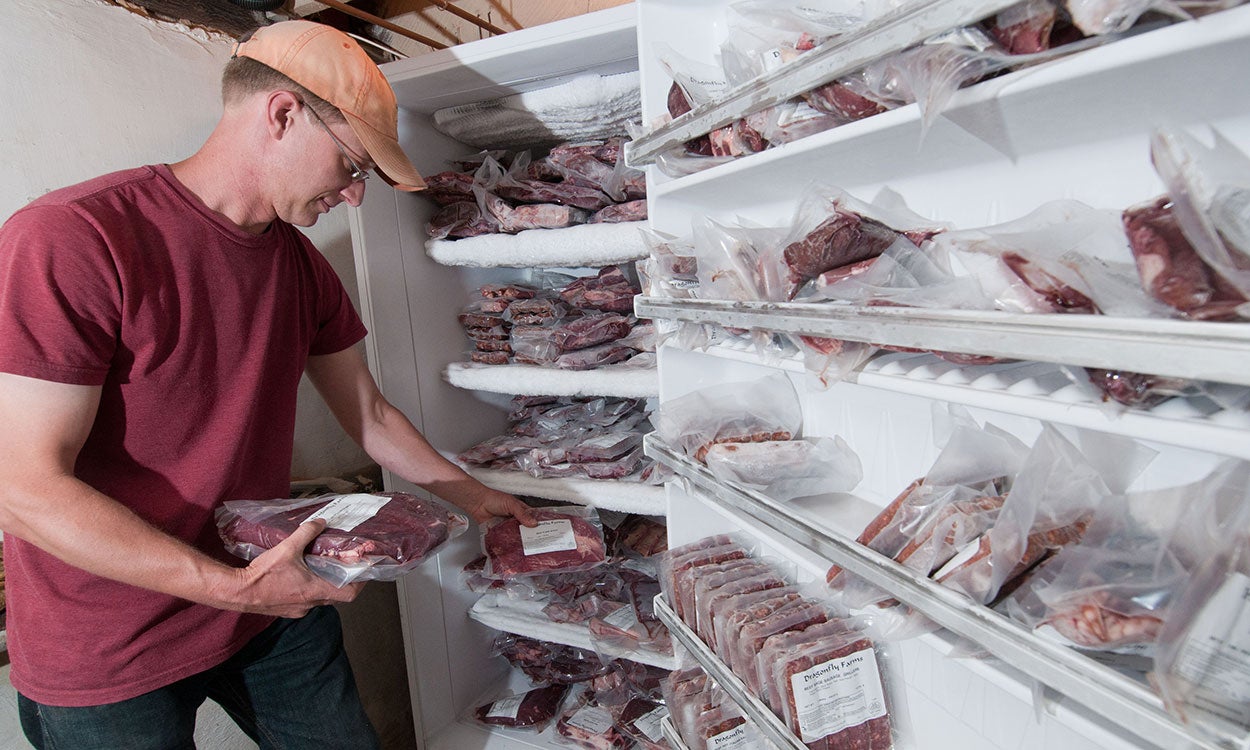
Raising Freezer Beef: Meeting Customer Expectations
A variety of factors may lead consumers to purchase beef directly from a producer. When purchasing freezer beef, most consumers expect an eating experience that would be as good or better than buying beef from retail.
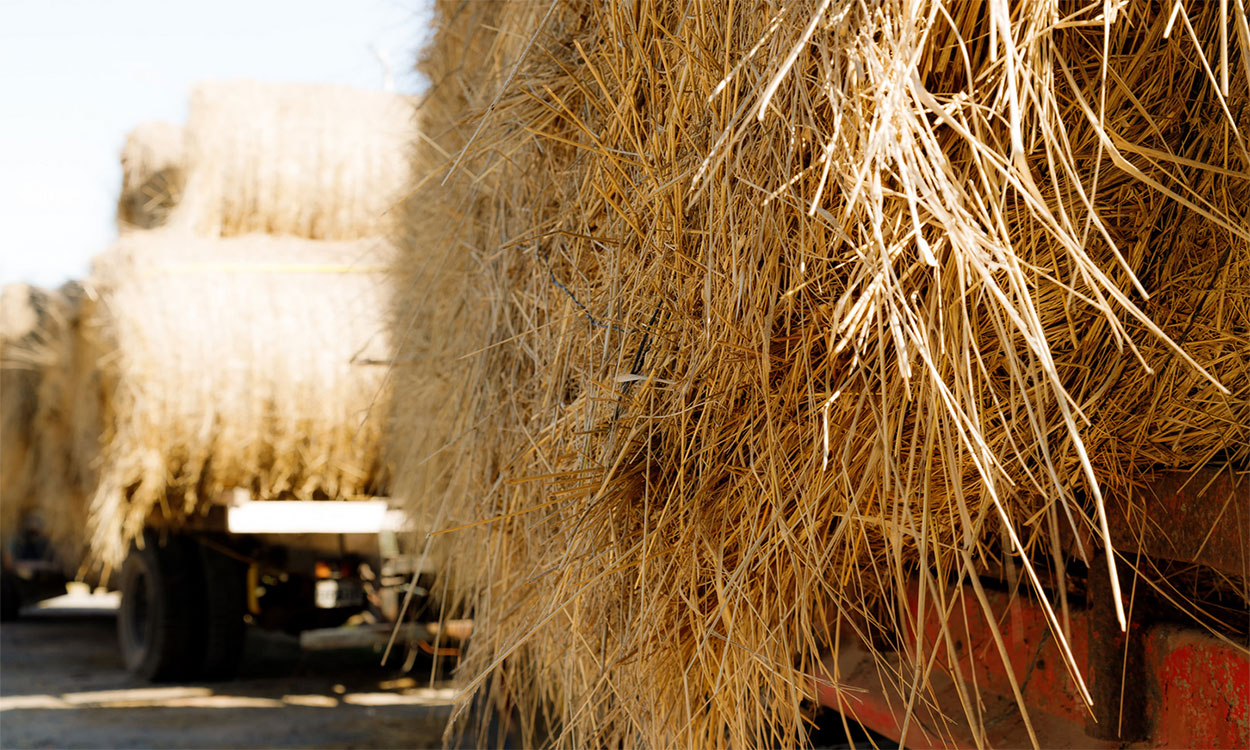
Haul the Feed or the Cows
Reduction in pasture forage availability may require producers to decide between hauling feed or hauling cows. Learn how to decide which option is best for your operation.
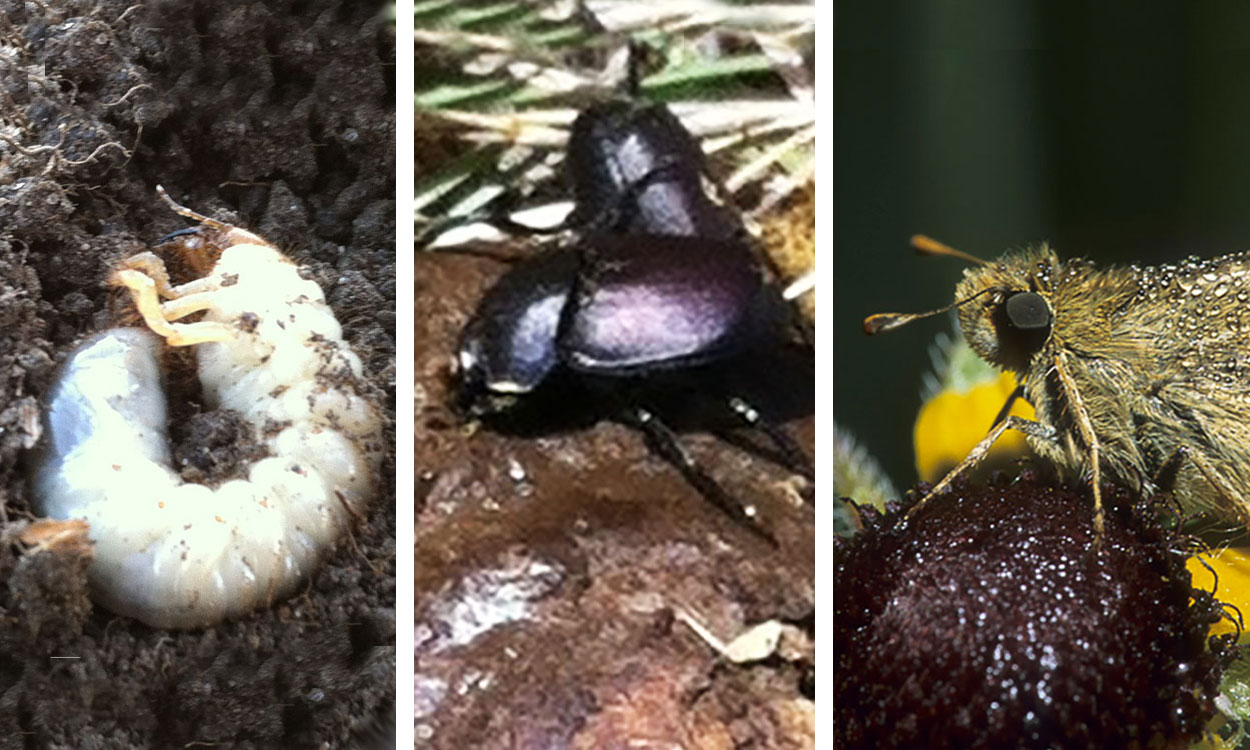
Rangeland Insects Are Critical Indicators of System Health
Insects, in general, may offer more indication of rangeland health than any other type of organism. They serve as key building blocks that other organisms depend on.

Be On the Lookout for Ticks
Ticks are one of the first pests to show up during spring. Learn some common ticks to watch out for in South Dakota, along with tips for preventing bites and removing ticks from your skin and clothing.
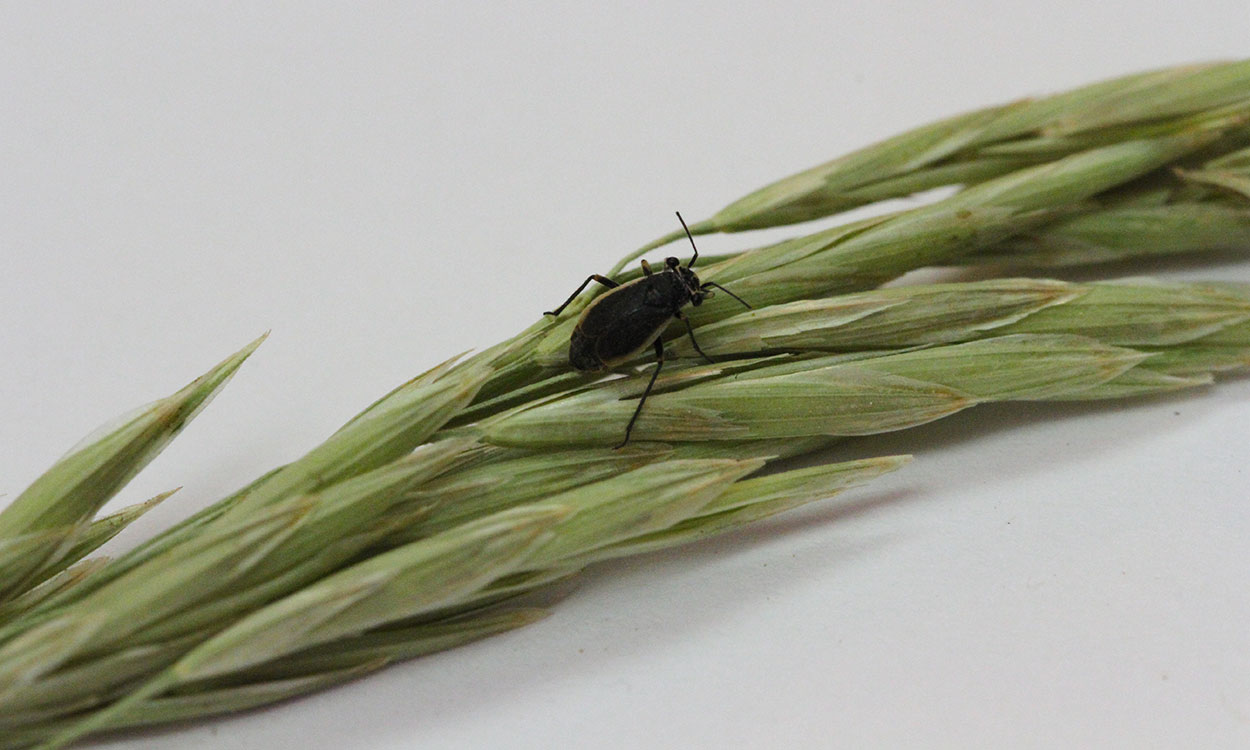
Drought Conditions Magnifying Impact of Black Grass Bugs
With much of South Dakota continuing to experience moderate-to-extreme drought conditions, black grass bugs could become a concern in some areas. Large populations of black grass bugs can cause severe damage to pasture.

Crop Tolerance to Soil Herbicide Residual
Some herbicides can persist in soil, especially dry soil. Herbicide carryover could be an issue in 2021 across the state depending upon last year’s moisture levels and field conditions.
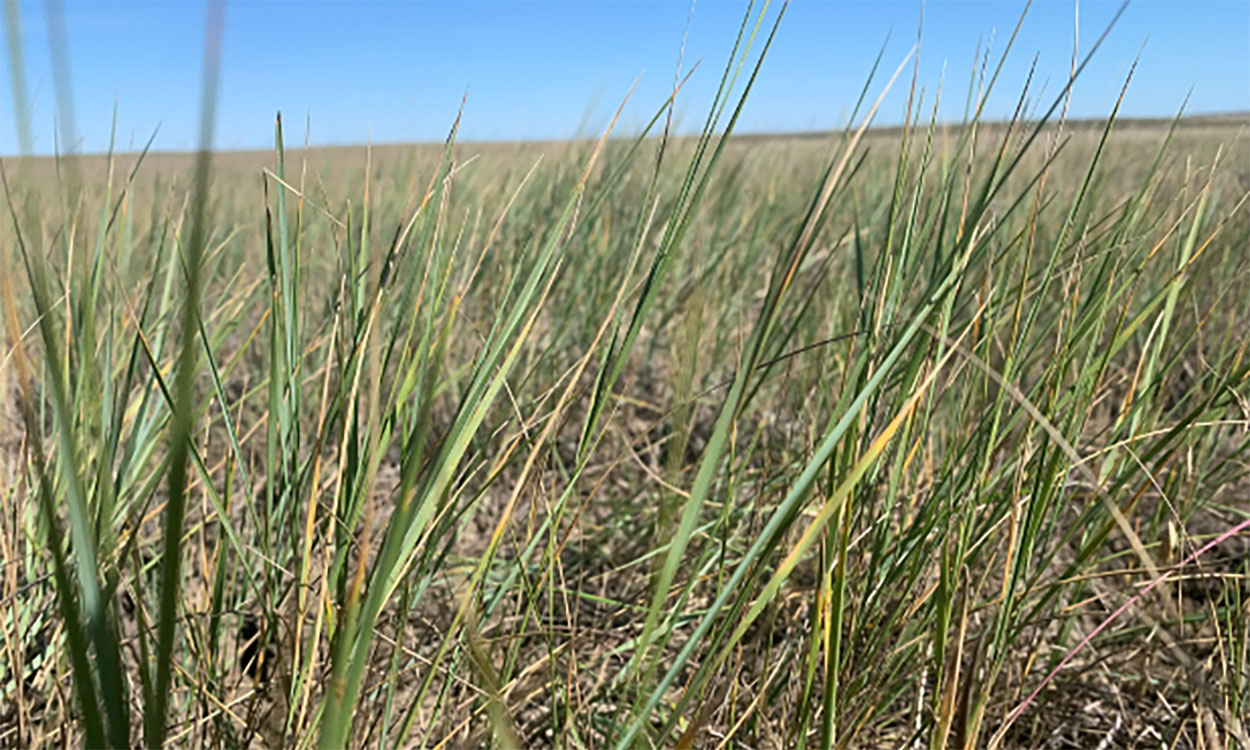
Options for Spring Turnout
Every year at green-up, grass managers must make decisions about when and where to begin grazing. Several options are available depending on pasture resources, stored feed resources and the ability to be flexible.
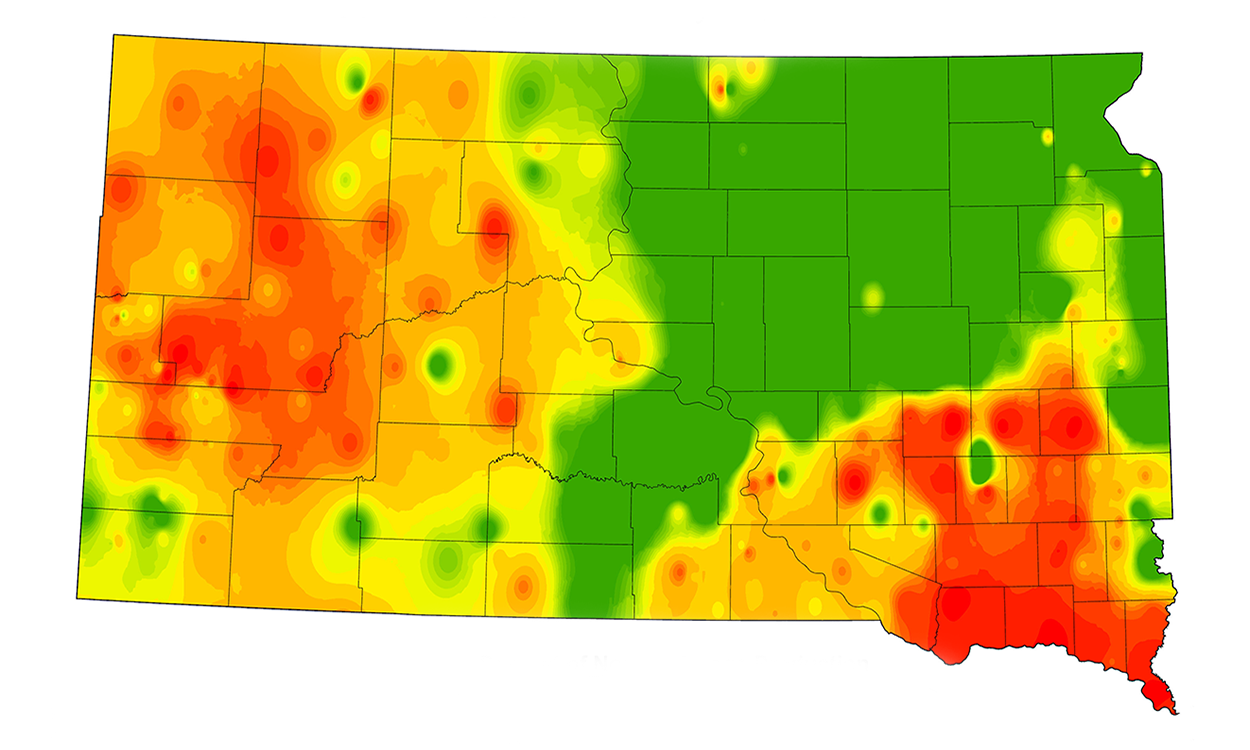
Herd Inventory Centers on Feed Available
With drought conditions continuing across the state, livestock producers will be making hard decisions on livestock inventory numbers as pasture and feed availability become an even more significant factor.
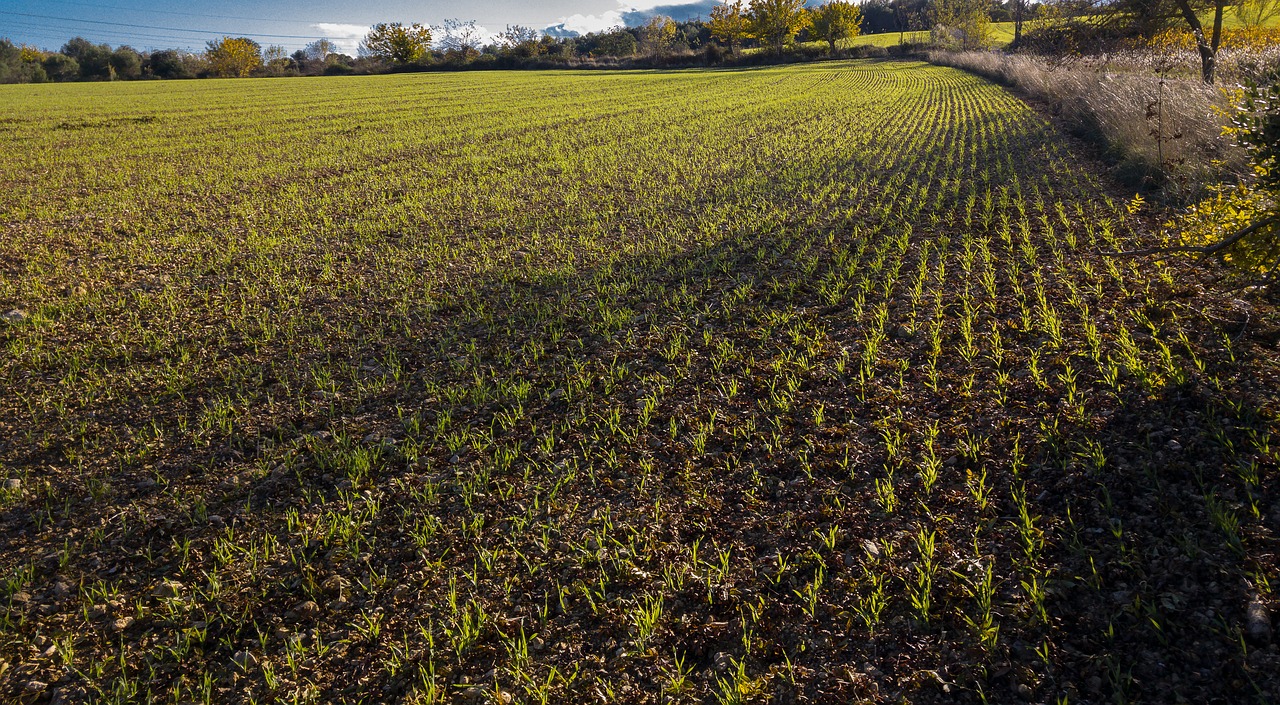
Double-Crop after Wheat?
Two crops in one year may sound tempting, and for some crop species is possible, but before doing so, producers should consider possible crops and compare the potential benefits with the drawbacks.